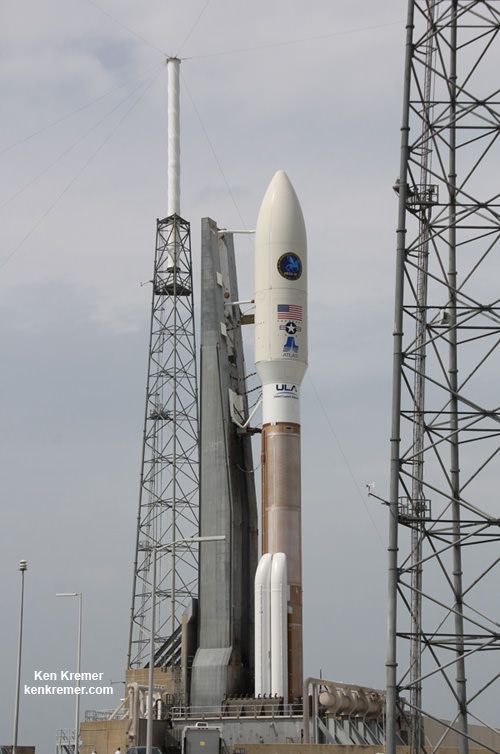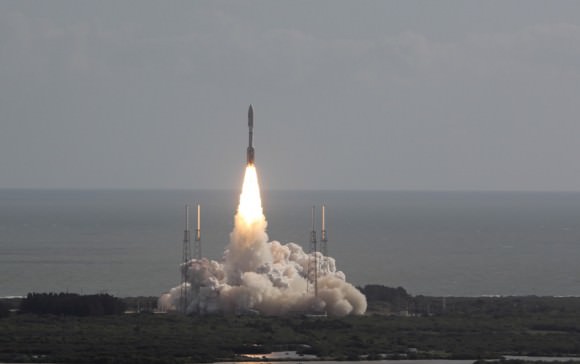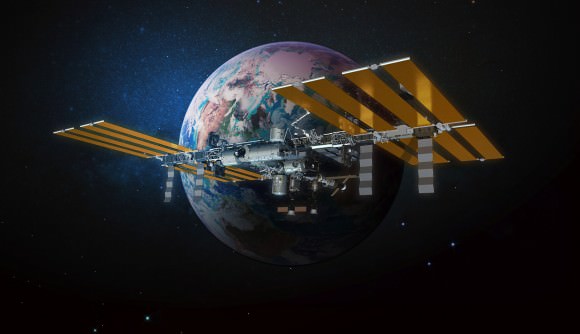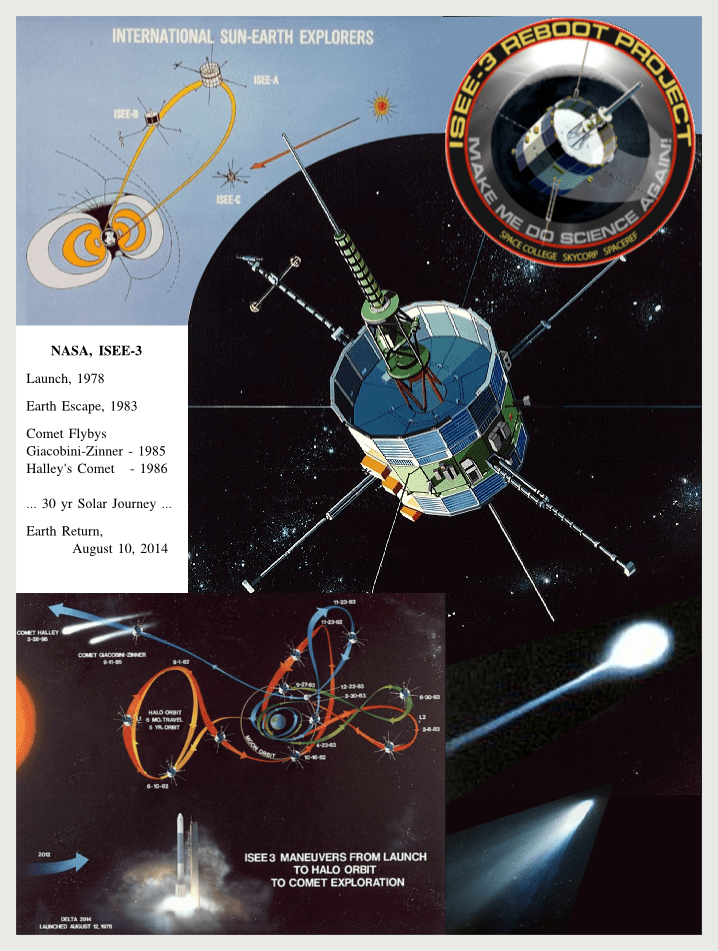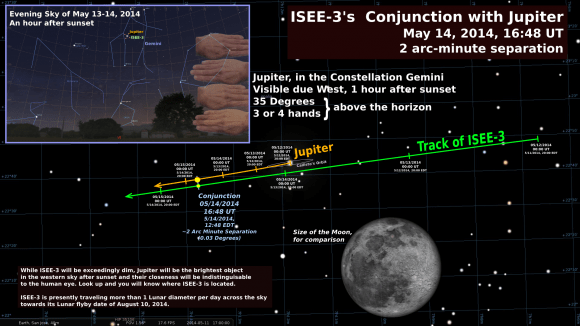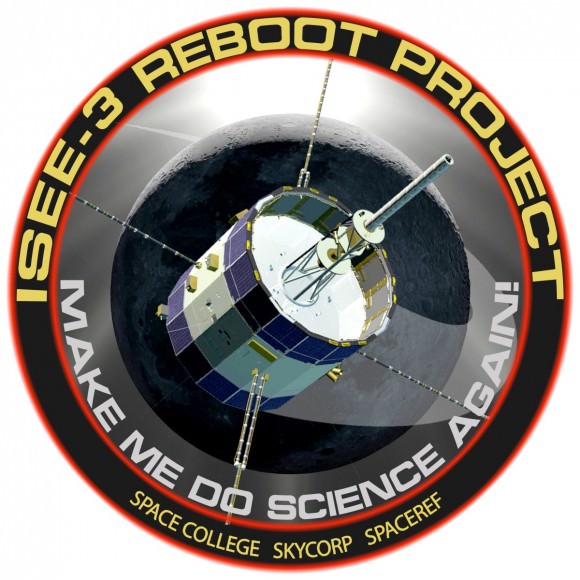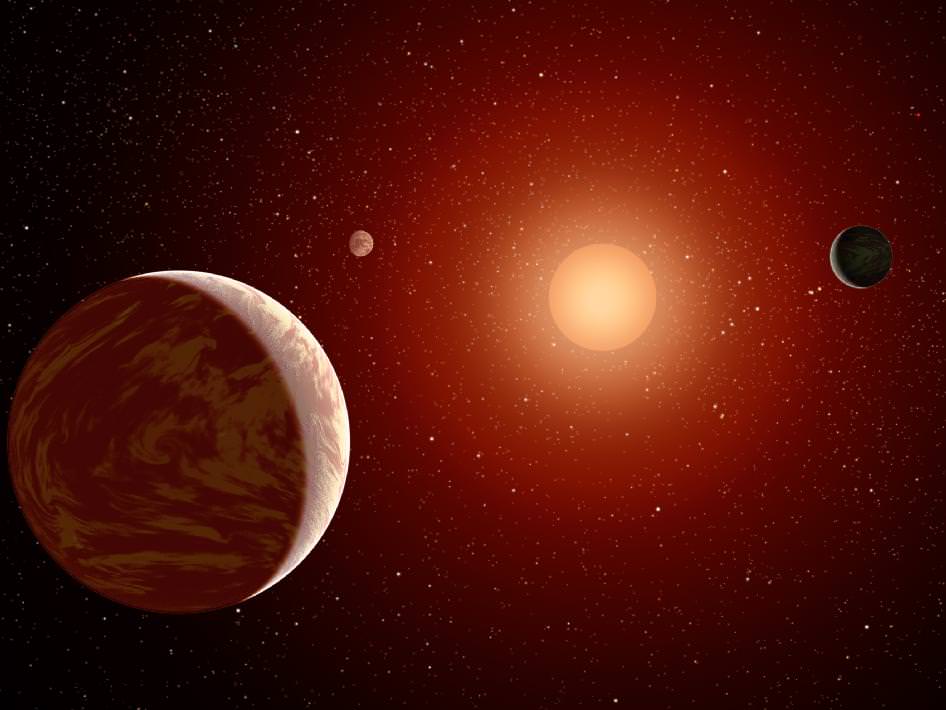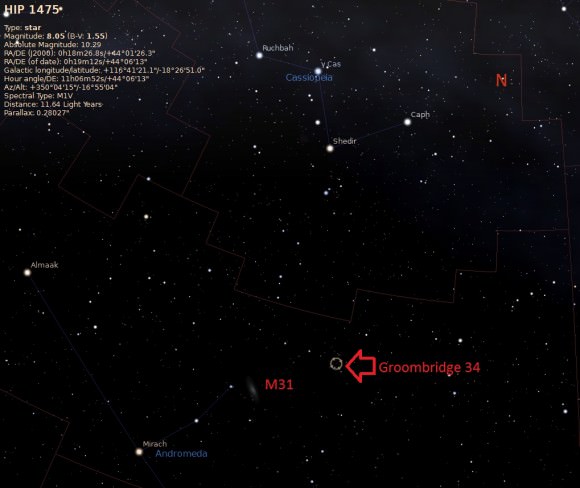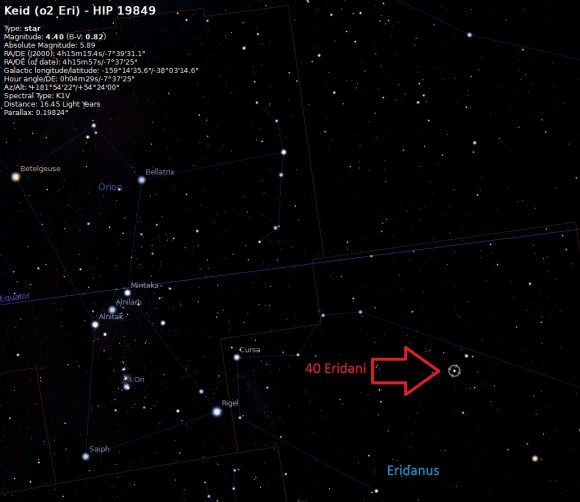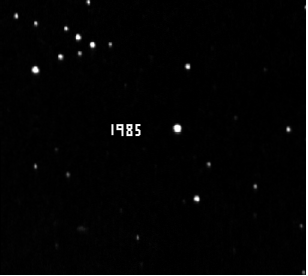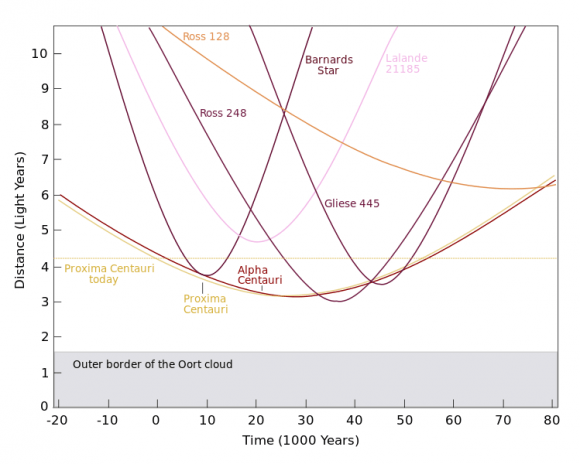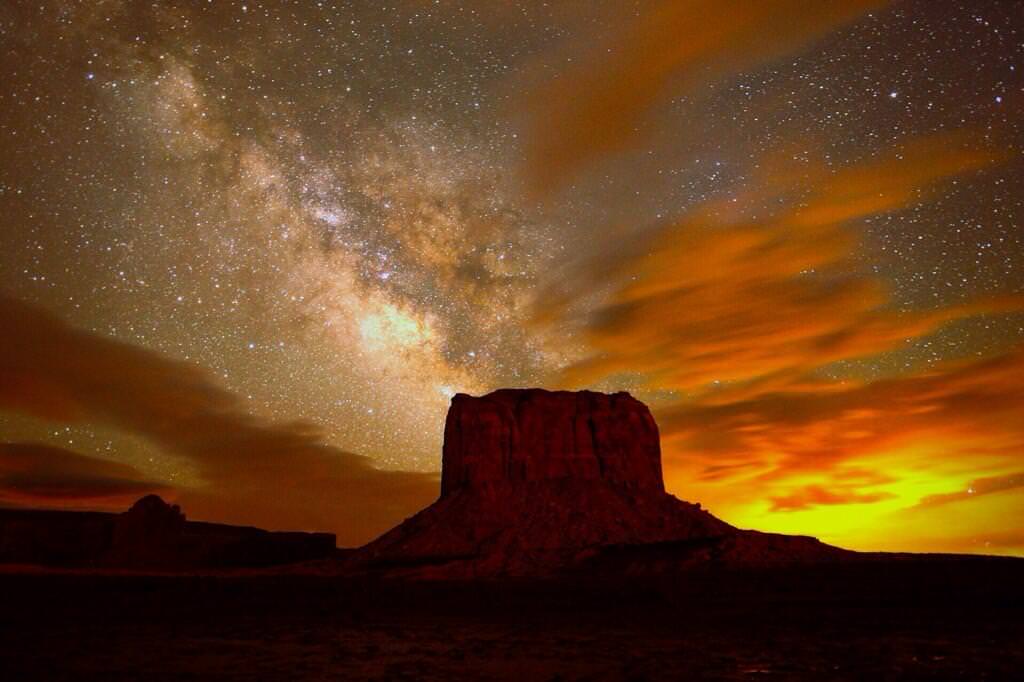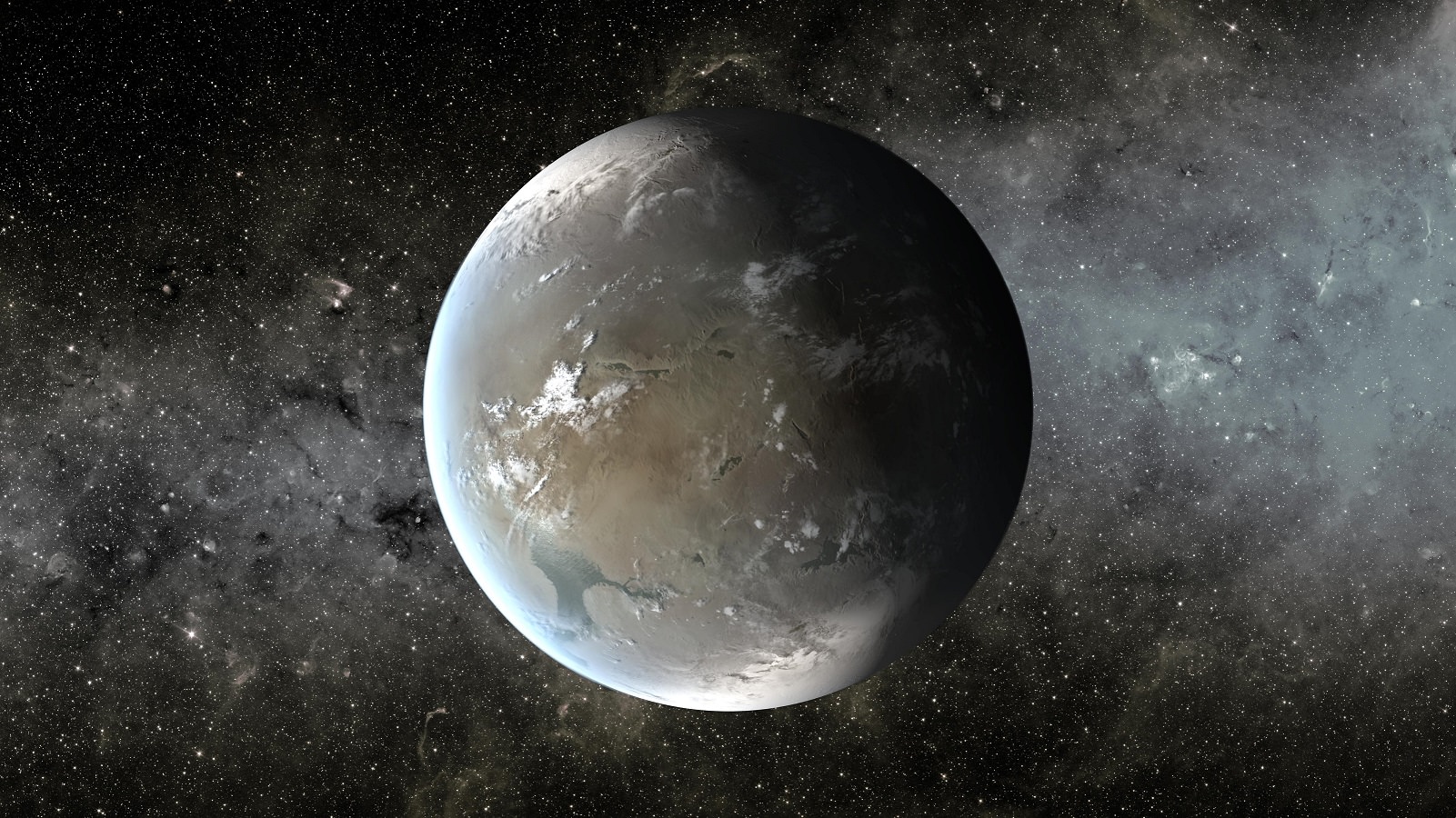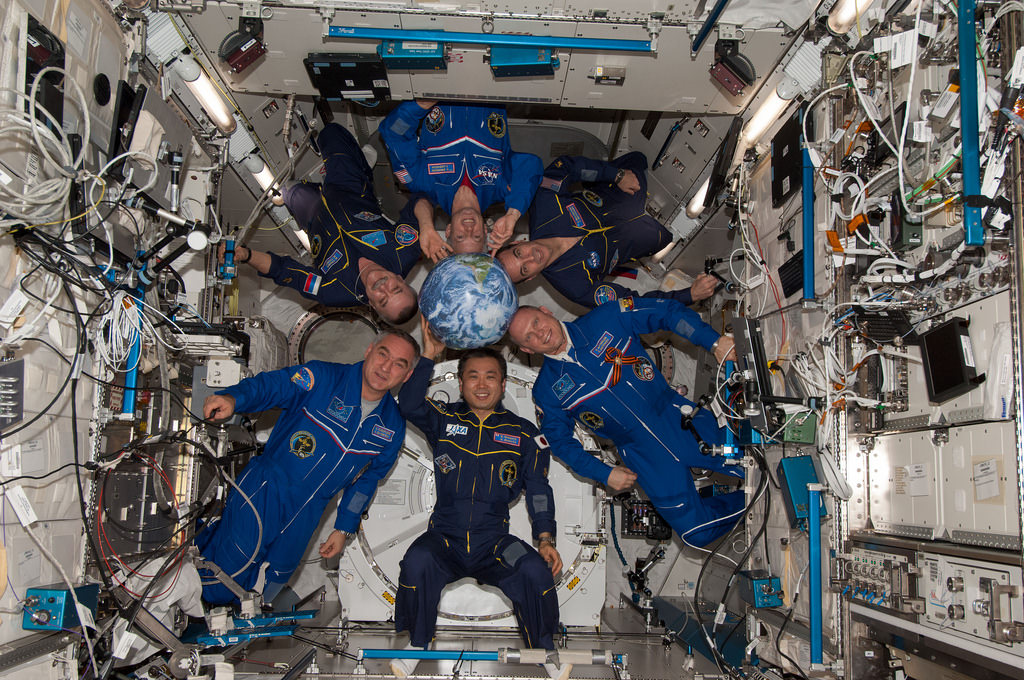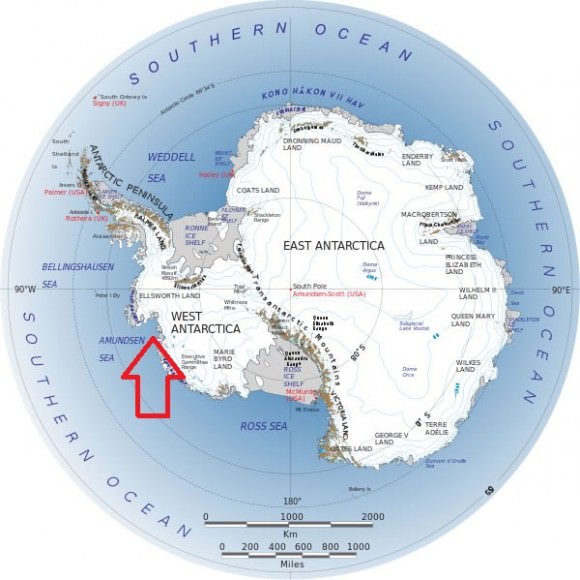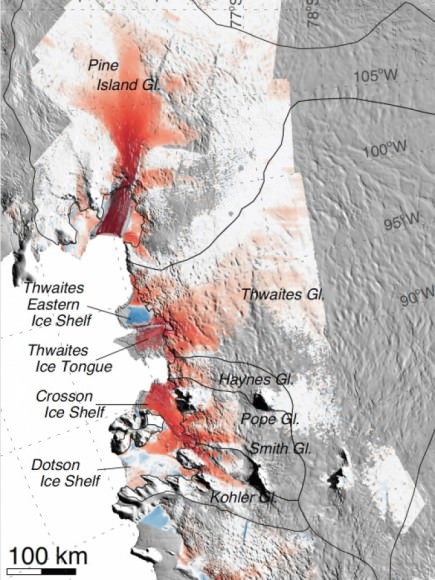Chalk up another benchmark in the fascinating and growing menagerie of extra-solar planets.
This week, an international team of researchers from the Université de Montréal announced the discovery of an exoplanet around the star GU Piscium in the constellation of Pisces the Fishes 155 light years distant. Known as GU Psc b, this world is estimated to be 11 times the mass of Jupiter — placing it just under the lower mass limit for brown dwarf status — and orbits its host star 2,000x farther than the distance from Earth to the Sun once every 80,000 (!) years. In our own solar system, that would put GU Psc b out over twice the distance of the aphelion of 90377 Sedna.
The primary star, GU Psc A, is an M3 red dwarf weighing in at 35% the mass of our Sun and is just 100 million years old, give or take 30 million years. In fact, researchers targeted GU Psc after it was determined to be a member of the AB Doradus moving group of relatively young stars, which are prime candidates for exoplanet detection. Another recent notable discovery, the free-floating “rogue planet” CFBDSIR 2149-0403 is also thought to be a member of the AB Doradus moving group.
The fact that GU Psc B was captured by direct imaging at 155 light years distant is amazing. The international team that made the discovery was led by PhD student at the Department of Physics Université de Montréal Marie-Ève Naud. The team was able to discern this curious planet by utilizing observations from the W.M. Keck observatory, the joint Canada-France-Hawaii Telescope, the Gemini Observatory and the Observatoire Mont-Mégantic in Québec.
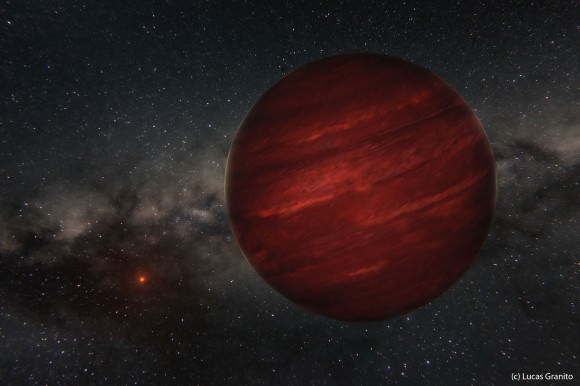
Universe Today recently caught up with researcher Marie-Ève Naud and her co-advisor Étienne Artigau about this exciting discovery.
What makes this discovery distinctive? Is this the most distant exoplanet ever imaged?
“Well, first, there are not a lot of exoplanets that were detected ‘directly’ so far. Most were found indirectly through the effect they have on their parent star. The few planets for which we have an actual image are interesting because we can analyze their light directly, and thus learn much more about them. It was also one of the “coolest” planets that have been directly imaged, showing methane absorption. And yes, it is certainly the most distant exoplanet to a main-sequence star that has been found so far.
This distance makes GU Psc b very interesting from a theoretical point of view, because it’s hard to imagine how it could have formed in the protoplanetary disk of its star. The current working definition of an exoplanet is based solely on mass (<13 Jupiter masses), so GU Psc b probably formed in a way that is more similar to how stars formed. It is definitely the kind of object that makes us think about what exactly is an exoplanet.”
At a distance of 2000 A.U.s from its primary, how are astronomers certain that PU Psc b is related to its host and not a foreground or background object?
“As the host star, GU Psc is relatively nearby; it displays a significant apparent proper motion (note: around 100 milliarcseconds a year) relative to distant background stars and galaxies.
On images taken one year apart with WIRCam on the Canada-France-Hawaii Telescope, we observed that the companion displays the same big proper motion, i.e. they move together in the plane of the sky, while the rest of the stars in the field don’t. We also determined the distance of the both the planet and the host star, and they both agree. Also, they both display signs that they are very young.”
Were any groundbreaking techniques used for the discovery, and what does this mean for the future of exoplanet science?
“Quite the opposite… most planet hunting techniques using direct imaging involve state-of-the-art adaptive optics systems, but we used ‘standard’ imaging without any exotic techniques. Planet searches usually attempt to find planets in orbits similar to those of our own solar system giants, and finding these objects, indeed, requires groundbreaking techniques. In a sense, there is an anthropocentric bias in the searches for exoplanets, as people tend to look for systems that are similar to our own solar system. Very distant planets like GU Psc b have been under the radar, even though they are easier to find than their closer-in counterparts. To find this planet, we used very sensitive ‘standard’ imaging, but we chose carefully the wavelengths where planets display colors that are unlike most other astrophysical objects such as stars and galaxies.”
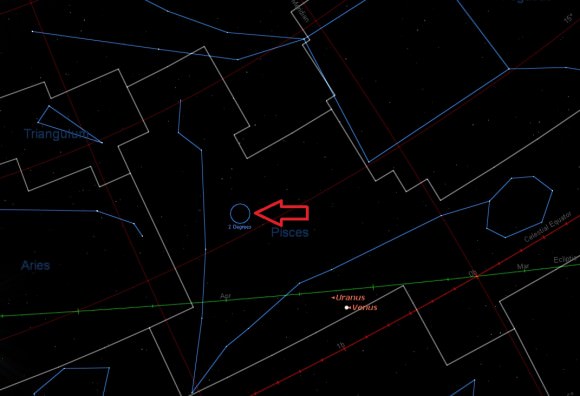
GU Piscium shines at magnitude +13.6 northeast of the March equinoctial point in the constellation of Pisces. Although its exoplanet companion is too faint to be seen with a backyard telescope, its angular separation is a generous 42,” about the apparent span of Saturn, complete with rings. And it’s shaping up to be a red dwarf sort of week at Universe Today, with our recent list of red dwarf stars for backyard telescopes. And the current tally for extra-solar planets sits at 1,791… hey; didn’t we just pass 1,000 last year?
Congrats to Marie-Ève Naud and her team on this exciting new discovery… and here’s to many more to come!
Read the original paper, Discovery of a Wide Planetary-Mass Companion to the Young M3 Star GU Psc.


